Ice shelf melting from above and below
12 May 2015
A team of scientists, led by Paul Holland from the British Antarctic Survey, has discovered that an ice shelf in Antarctica, at the very south of our planet, is melting not only from its surface, but also from underneath. Antarctic ice shelves are floating platforms of ice hanging over the sea at the edge of Antarctica. The ice shelf studied by the team, called Larsen C and located in the Antarctic Peninsula, is huge: it is almost 50,000 km2 in area, which is about half the size of Iceland, or two and a half times the size of Wales. The ice shelf holds back vast quantities of ice that lies on land, preventing it from reaching the ocean. Paul says: “What’s exciting about this study is we now know that two different processes are causing Larsen C [ice shelf] to thin and become less stable. Air is being lost from the top layer of snow (called the firn), which is becoming more compacted – probably because of increased melting by a warmer atmosphere. We know also that Larsen C is losing ice, probably from warmer ocean currents or changing ice flow.” The Antarctic Peninsula has been warming rapidly, with temperatures in the region increasing by about 2.5°C in the past 50 years. The melting of the ice shelf could cause it to collapse before the end of the century. The ice held back by the ice shelf could then flow into the sea faster, which would contribute to sea level rise. It is important for scientists to count up all of these contributions so that they can find out, with confidence, how much sea level will rise in the future.Print version
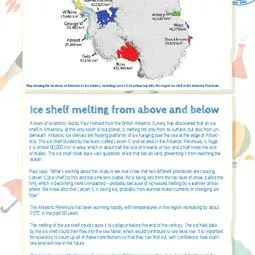
This is a kids' version of the EGU article: 'Ice shelf melting from above and below'. It was written by Bárbara Ferreira (EGU Media and Communications Manager), reviewed for scientific content by Kathryn Adamson (Lecturer, Manchester Metropolitan University, UK) and Richard Selwyn Jones (PhD Researcher, Victoria University of Wellington, New Zealand), and for educational content by Phil Smith (Coordinator, Teacher Scientist Network, UK).
Translations
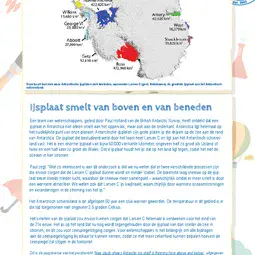
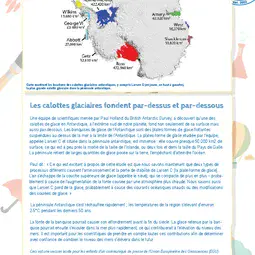
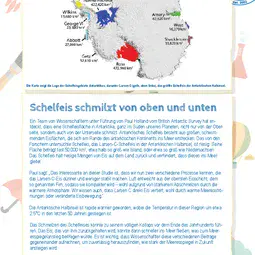
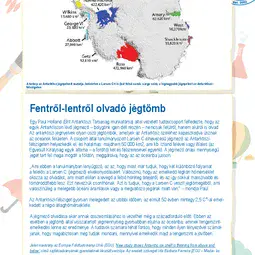
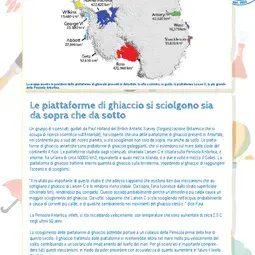
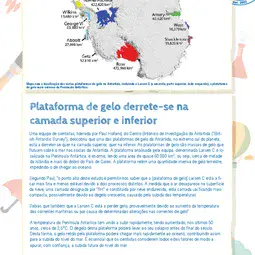
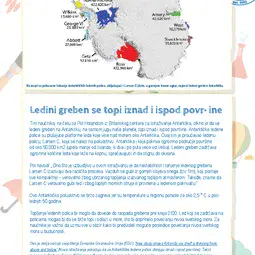
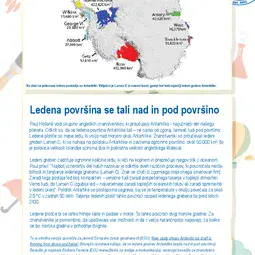
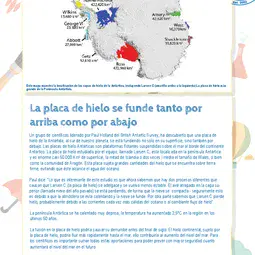
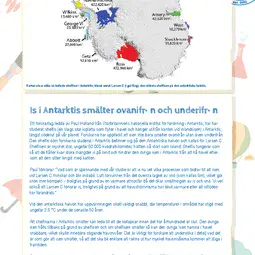
All English-language Planet Press releases are carefully edited, reviewed and proofed, by scientists, educators and EGU staff. Please note that once translated, Planet Press releases receive no further checks from EGU staff. For this reason, we cannot guarantee their accuracy, though we trust the quality of our voluntary translators and are grateful for their work.

